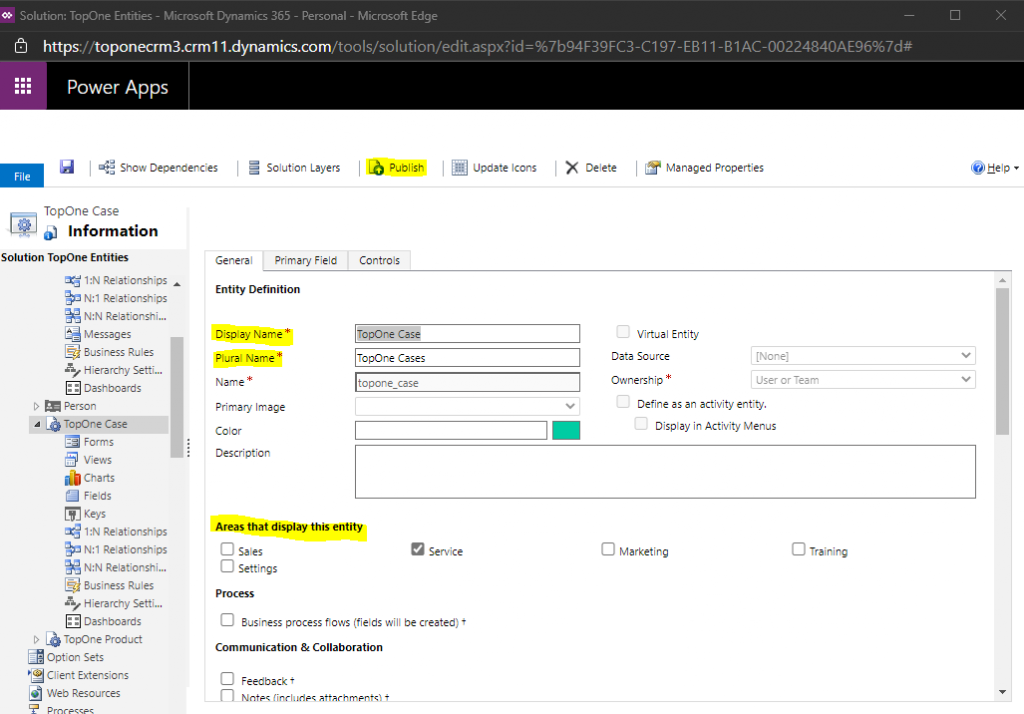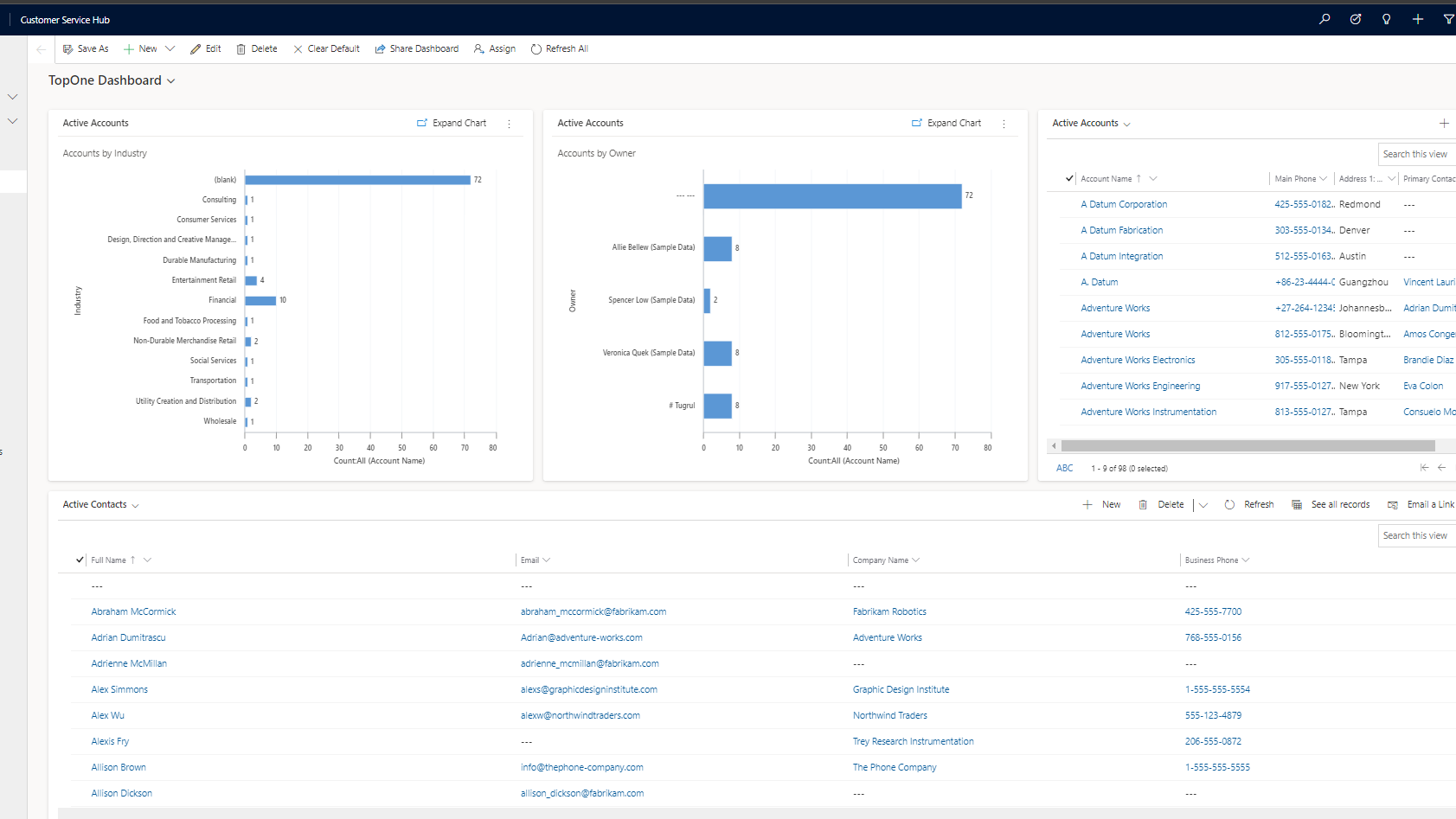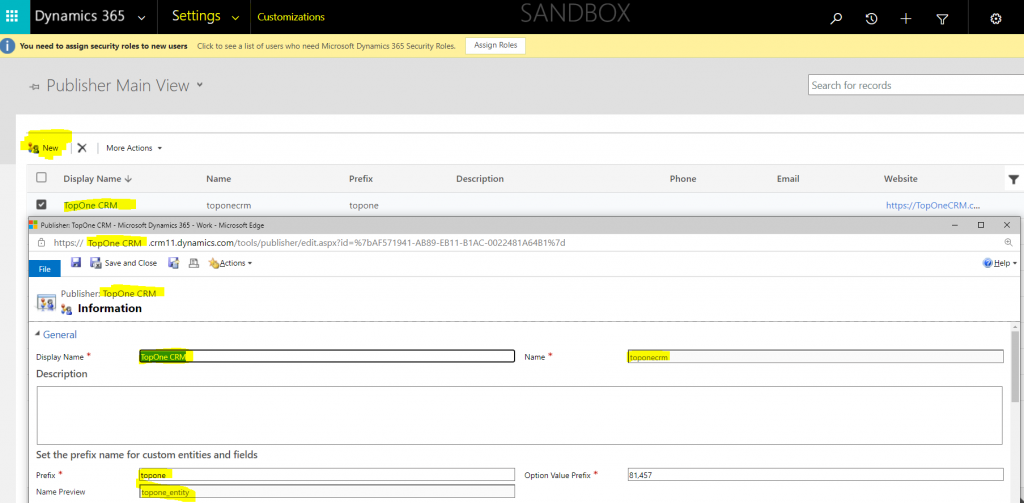Thank you for taking time to read this post. I am a Microsoft Dynamics Certified Professional.I am not a lawyer so l am not making conclusions but pointing out key GDPR considerations
This means that organisations should remove information pertaining to data subjects when:
• There is no further requirement to do so, either contractually or legally (i.e. they are no longer required to as part of a statutory instrument)
• The subject has withdrawn their consent
• It has been identified that data is being held which is at odds with an organisations policies or primary business activities
Article 5 extends this further by making it clear that data which you are unable to keep sufficiently accurate should be “erased…without delay”. To avoid this scenario would require the need to regularly contact the data subject concerned to verify their details are correct. One of the major “get out of jail free” cards that GDPR provides surrounding data retention is in instances where the data will be used as part of “archiving purposes in the public interest, scientific or historical research purposes or statistical purposes..” (Article 5). The scope of this is, as you can tell, rather limited and most non-governmental organisations/businesses may struggle to demonstrate their data archiving is in line with these broad principals.
The importance of ensuring a clearly defined and structured process for the removal of customer data, therefore, becomes a paramount concern under GDPR. Investigating and defining your organization’s data retention periods is an exercise that should be carried out if it has not been done so already. Once implemented, we can then turn to a component within CRM/D365 to automate and streamline the actual process – the Bulk Record Deletion feature. (Check the technet article for further guidance) https://technet.microsoft.com/library/dn531072.aspx
In a nutshell, this feature is a really efficient means of deleting large amounts of predefined data within CRM/D365. Administrators of the application will most often work with them when attempting to reduce the storage footprint of a CRM/D365 instance, via the removal of completed System Job records and other superfluous record types. The ability to define filter criteria, re-occurrence settings and to send out email notifications upon completion of a job, make them an excellent candidate to consider when streamlining your internal processes surrounding data retention.
For example, let’s assume your business has implemented a data retention policy that states Contact entity data that has not been updated or changed within 12 months should be deleted from the system. Setting up a Bulk Record Deletion Job within the application to assist with this task is remarkably straightforward, as the step-by-step guide below indicates:
1. Within the application, navigate to Settings -> Data Management on the Sitemap and click the icon to navigate to the Data Management page:
2. On the Data Management page, click on the Bulk Record Deletion icon to open the All Bulk Deletion Systems Jobs view. Once this has loaded, click on the New icon:
3. The Bulk Deletion Wizard will open a pop-up window. Click Next on the first screen to move to the Define Search Criteria window. Modify the settings as follows:
o Look for: Contact
o Search Criteria: Modified On Older Than 365 Days
Click Next when you are ready to navigate to open the Select Options page. Give the Bulk Record Deletion Job a descriptive name and then ensure that the following settings are configured:
o Specify whether the Job should run immediately or in the future. It is recommended to schedule Jobs out of peak hours to prevent any performance detriment to other users.
o Ensure that the Run this job after every box is ticked and then select an appropriate time period. I would recommend 30 days.
o Ensure that the Send an email to me… box is ticked. You can also (optionally) specify additional email recipients, but note that these have to be valid application users (i.e. not any other email enabled entity such as Contact, Account etc.)
1. The final step in the wizard gives you the opportunity to review all configured settings. Press Submit to create the Job in the system and, if specified to start immediately, begin running it in the background. You can also navigate to the Recurring Bulk Deletion System Jobs view at any time to review the current status of a job, check to see when it is next scheduled to run or even modify its properties to suit your requirements:
A simple example is as below
• Create a custom entity to store contractual/statutory data retention limits and link these to your common entities within the application via a 1:N relationship. Once selected when a record is created, you can then define a workflow with a wait condition that updates a Two Option custom field on the entity as a flag for a Bulk Delete Job to remove from the system.
• Using a custom field on your entity to indicate that a customer has expressed their “right to be forgotten”, define a workflow that sends a customer confirmation that their details will be removed from the system within 30 days and then use this same field as a flag for a Bulk Record Deletion Job.
• Define a workflow that sends an email to owners of records that have not been modified within a set period (i.e. are inaccurate), prompting them to speak to the customer to update their details. Records that are not updated would then be deleted, using a Job similar to the one above.





















